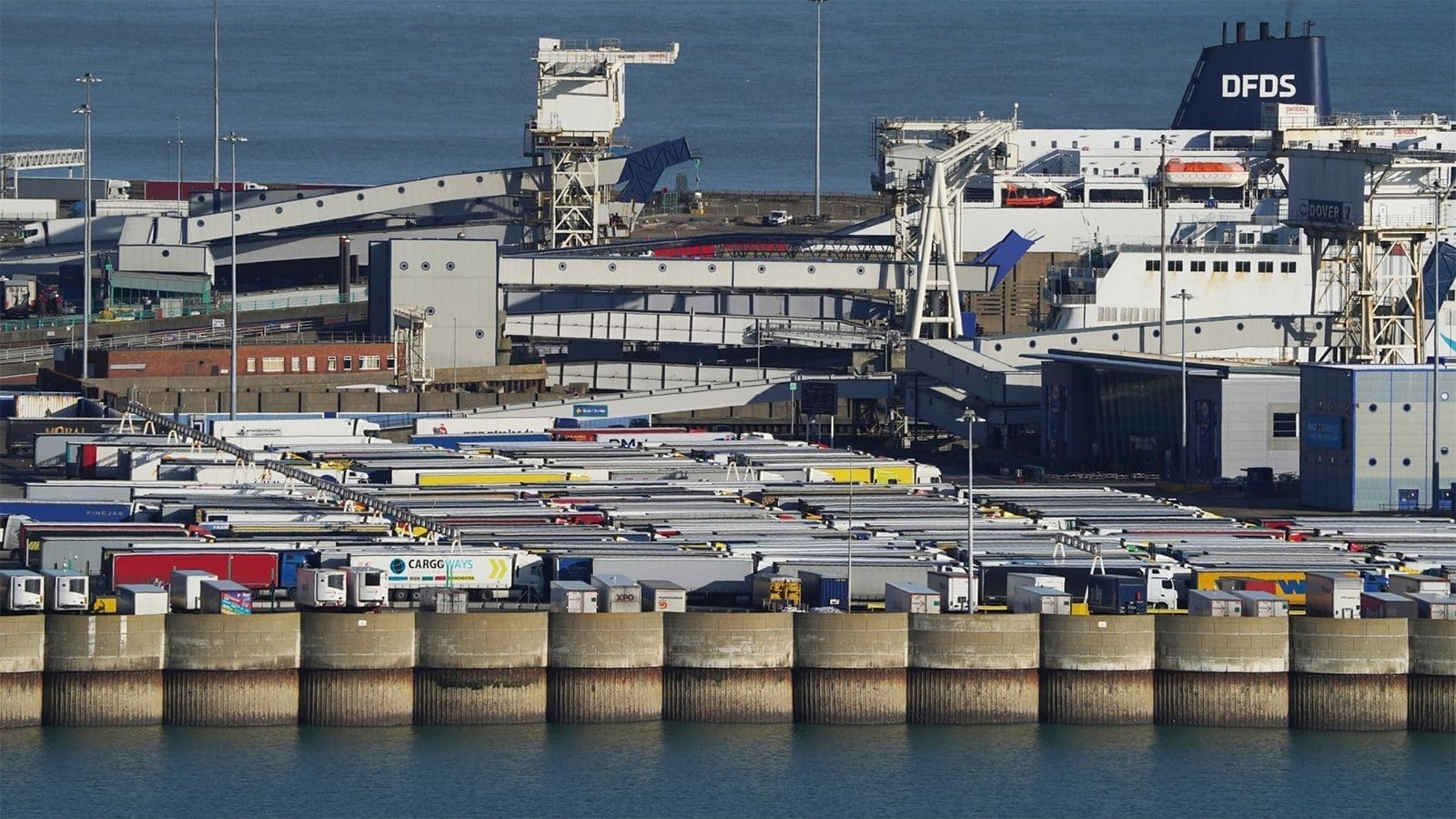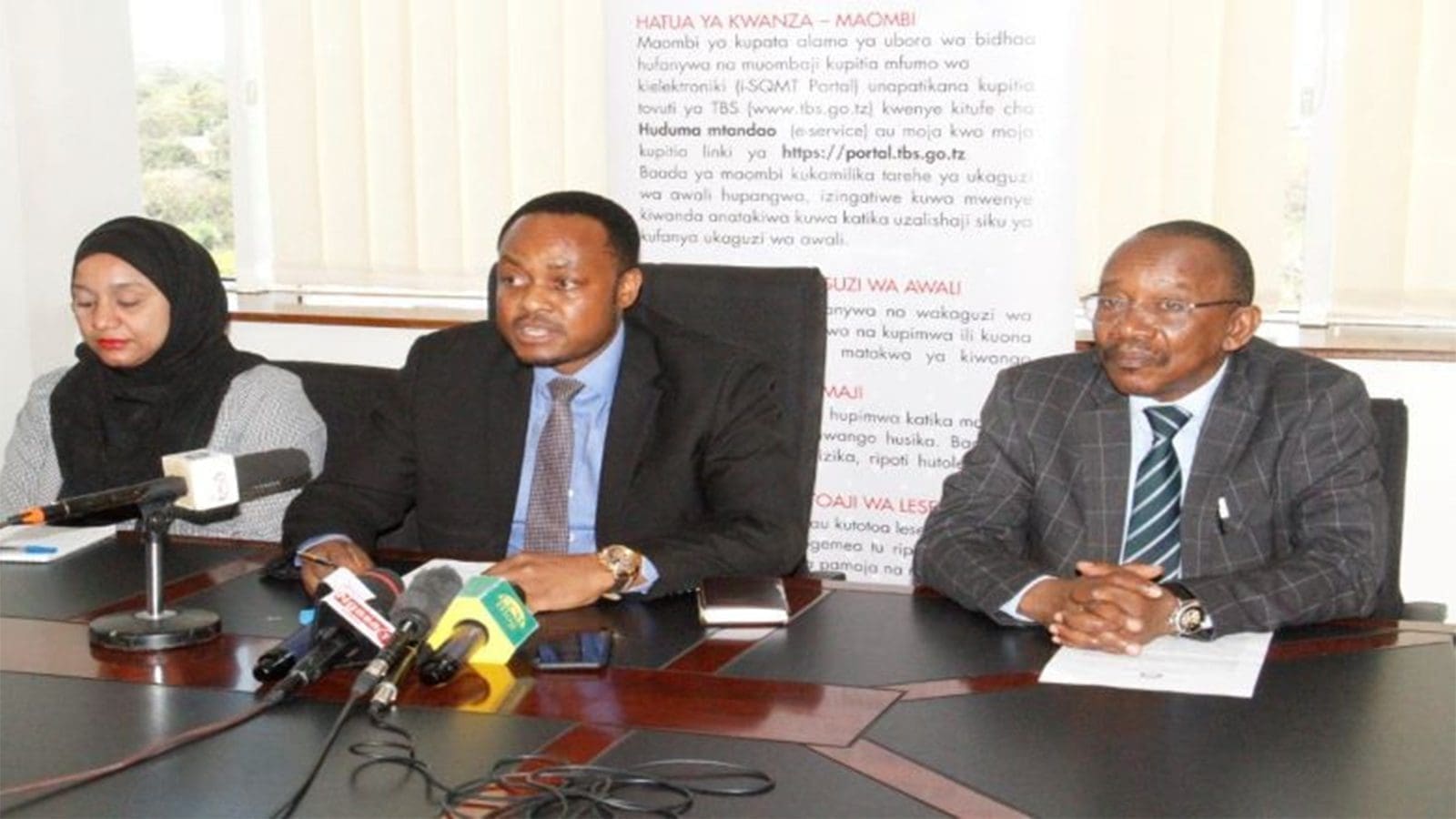UK – The UK Government has released a strategy that lays the groundwork for risk-based inspections of both EU and non-EU commerce in conjunction with the Scottish and Welsh Governments.
A new border monitoring and control system is proposed in the draft Border Target Operational Model in order to guard against security and biosecurity challenges, especially those posed by the importation of contaminated food.
Before publishing the final version of the model later this year, the UK Government will consult with the industry for six weeks.
The draft was created taking into account feedback from the border industry and businesses in the UK that were impacted.
The suggested concept will avoid delays at the border by eliminating the need for physical inspections of many different types of commodities and by guaranteeing that inspections take place somewhere other than ports to allow for smooth traffic flow.
The approach will leverage data and technology to simplify and streamline import trade processes and is risk-based, global, and inclusive.
The new Single Trade Window, which should be completely functioning by 2027, is at the center of the suggested model.
Since traders will only need to submit information once, in a single location, single trading window technology will simplify processes for them.
By launching a program of trusted trader assurance schemes, the government will also test out more streamlined procedures.
The proposals in the model apply to imports from all countries. The controls aim to ensure environmental protection, deliver food that is safe to eat while maintaining a secure food supply, and disrupt criminal activity before it can harm UK communities.
The draft Target Operating Model proposes the implementation of controls through three major milestones. By October 31, 2023, the draft will have introduced health certification for imports of medium-risk animal products, plants, and plant products, as well as for high-risk food and feed of non-animal origin from the EU.
The UK government also anticipates introducing documented and risk-based identity and physical checks for medium-risk animal products, plants, and plant products, as well as for high-risk food and feed of non-animal origin from the EU by January 31, 2024.
Meanwhile, Safety and Security declarations for EU imports will come into force from October 31, 2024, alongside a reduced dataset for imports and the use of the UK Single Trade Window to remove duplication where possible across different pre-arrival datasets.
The UK government invites companies to start cooperating with those in their supply chains now to get ready for the requirement of health certification for applicable items in October 2023.
More inspections and regulations will be implemented for Irish goods transiting directly from Ireland to Great Britain, according to the model.
According to the Windsor Framework, enterprises in Northern Ireland will continue to have unlimited access to the British market for products transiting directly or indirectly through Irish ports.
After the model is finalized and published, the implementation dates for the second and third milestones for ports receiving Irish goods directly from Ireland on the west coast will be made clear.
For all the latest food safety news from Africa and the World, subscribe to our NEWSLETTER, follow us on Twitter and LinkedIn, like us on Facebook and subscribe to our YouTube channel.








